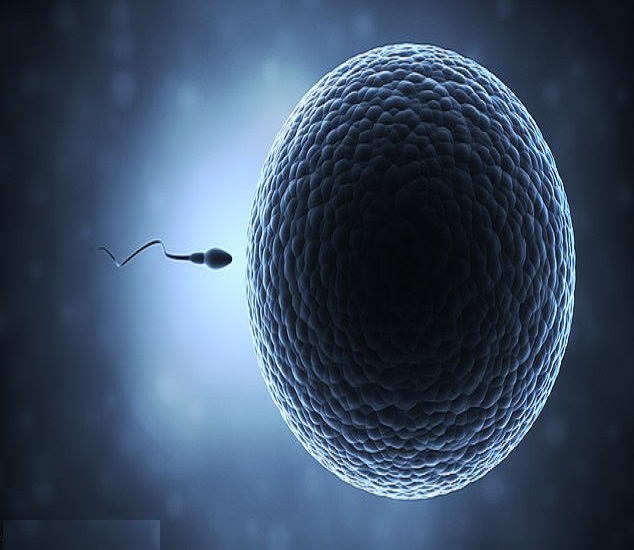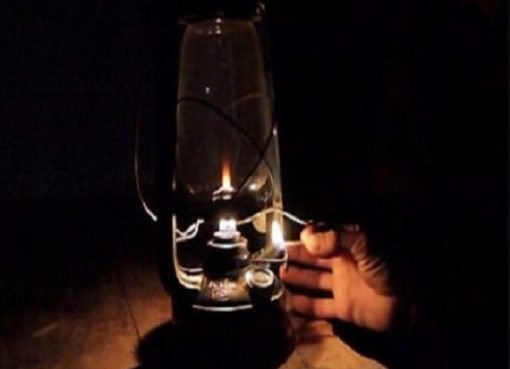Scientists may finally have cracked the code to using DNA to differentiate a specific individual from a set of identical twins.
Since it was first introduced to the courts in the 1980s, DNA analysis has transformed the way we approach criminal investigations.
But, despite more than 30 years of advancements since, there’s still one scenario that can stand in the way of nailing down the right suspect even when DNA is present: identical twins.
Identical twins arise from the same fertilized egg, and standard DNA tests are so-far unable to pinpoint the minute differences.
 That means in cases where one twin commits a crime, it sometimes ends up that both walk free, as prosecutors are unable to conclude which of the two really did it.
That means in cases where one twin commits a crime, it sometimes ends up that both walk free, as prosecutors are unable to conclude which of the two really did it.
The identical twin problem has stood in the way of both criminal investigations and paternity tests, researchers explain in a new study published to the journal Plos One.
With their new test based on DNA sequencing, however, the team may finally have broken ground.
Instead of looking at hundreds or even thousands of mutated segments to spot the differences between twins, researchers behind the new study propose comparing their entire genomes.
The current techniques are ‘hampered by the fact that the two individuals usually coincides for the genetic markers tested,’ the researchers explain.
But thanks to recent advances in genome sequencing, it’s now possible to assess DNA in much greater detail than ever before.
Identical twins – or monozygotic (MZ) twins – may start out from the same egg, but each take on their own mutations as they develop.
It’s these mutations that could help to reveal who in a pair is tied to a given DNA sample.
Doing this accurately would require ‘a genome-wide search for those few mutations that occur during early embryonic development and hence allow distinguishing between MZ twins in later life,’ the researchers say.
Lead author Michael Krawczak has been investigating the possibility of comparing twins’ unique mutations for years, and published a set of initial calculations in 2012 to settle a hypothetical paternity dispute.
A team at Eurofins Scientific in Brussels then picked up on the research and tested it out themselves using DNA from a pair of identical twin volunteers, and the wife and child of one of the men, according to the New York Times.
 And in a proof of concept for the technique, the researchers were able to distinguish between the child’s father and uncle by comparing their whole genomes.
And in a proof of concept for the technique, the researchers were able to distinguish between the child’s father and uncle by comparing their whole genomes.
Krawczak’s team has now published a general mathematical framework to back up the method, in a step toward its use in forensic investigations.
But, it’s still in the early stages and will require much more testing before it can be adopted by the courts, experts note.
Steven A. McCarroll, a Harvard Medical School geneticist who was not involved in the study, told NYT, ‘It would be really nice to know that we could do this kind of analysis over and over and over again and never get it wrong.’
TWINS: EXPLAINED











18 thoughts on “Criminal Investigation: Scientists Develops DNA Test To Differentiate Between Identical Twins”